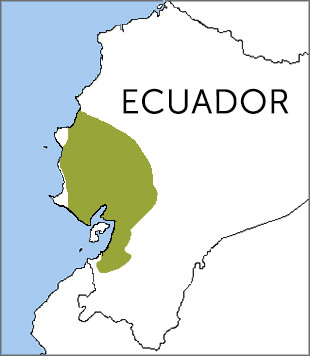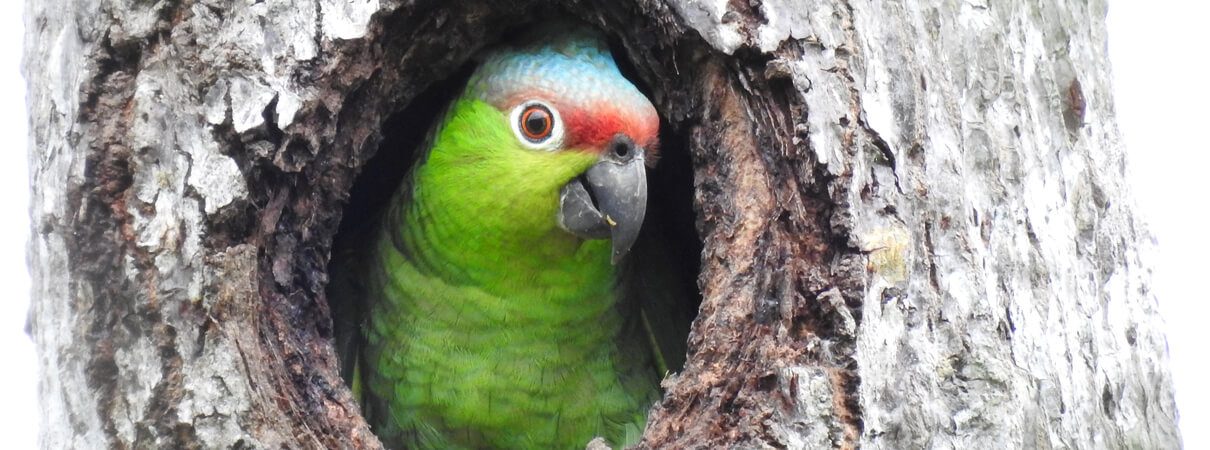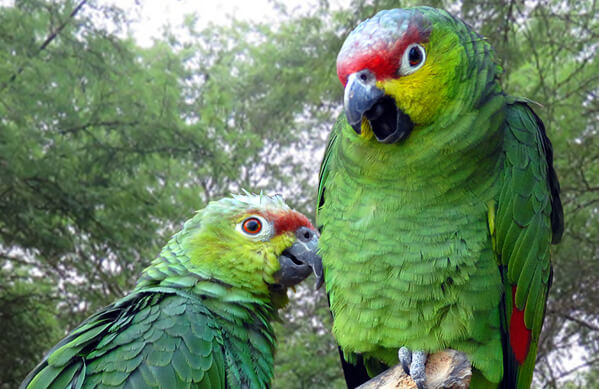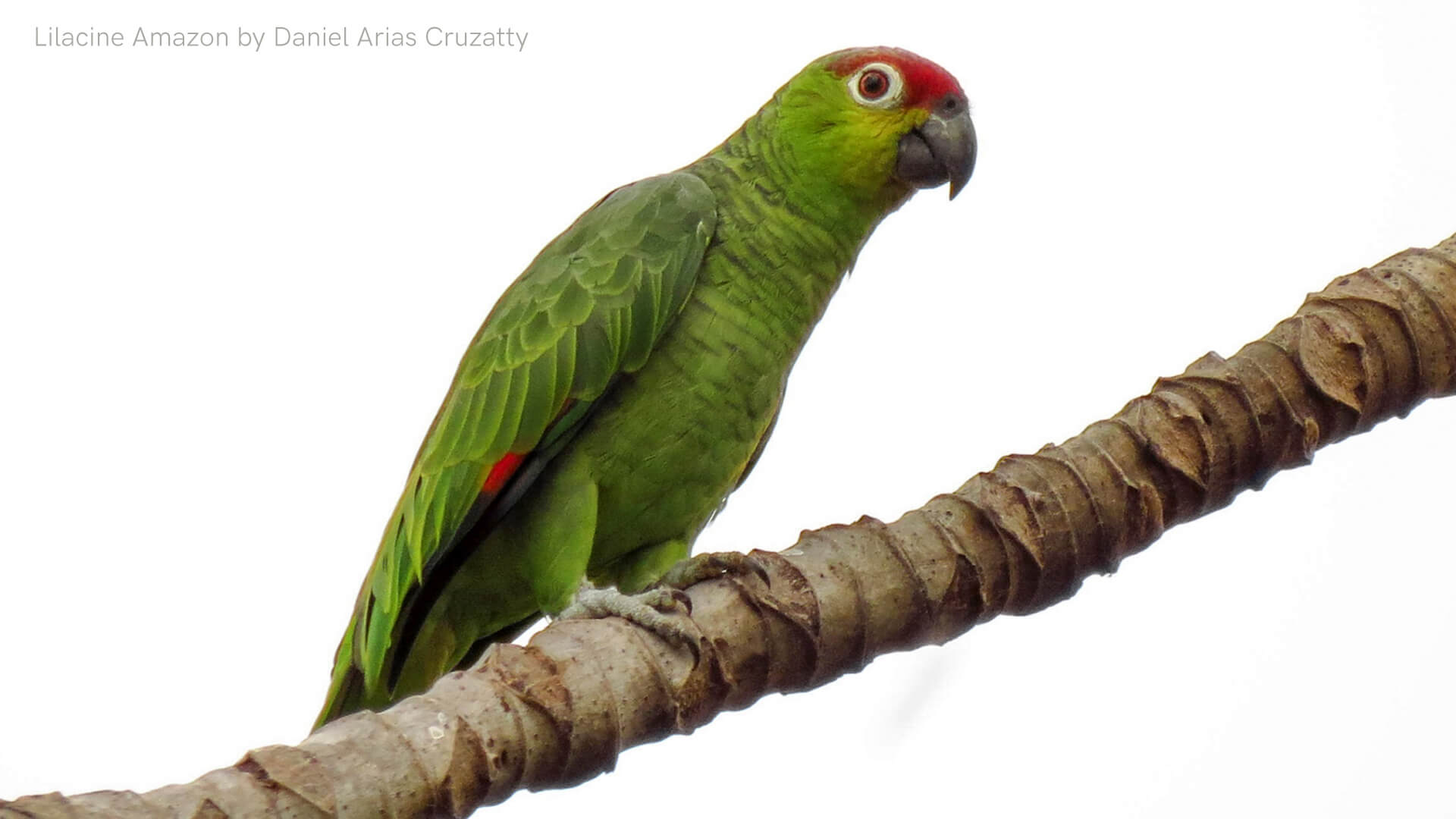 The Lilacine Amazon was recently recognized as a species, split from the widespread Red-lored Amazon. Its unique characteristics are lilac-tipped feathers that give its crown a bluish-purple wash, and an all-dark beak.
The Lilacine Amazon was recently recognized as a species, split from the widespread Red-lored Amazon. Its unique characteristics are lilac-tipped feathers that give its crown a bluish-purple wash, and an all-dark beak.
This parrot is only found in southwestern Ecuador, where its small range is fragmented into six main areas. The largest population, of 500 to 1,000 birds, roosts in dry forests that are also the habitat for another endangered parrot, the Great Green Macaw.
A Lover, Not a Fighter
Although most Amazona parrots make high-maintenance, sometimes aggressive pets, the Lilacine Amazon is known for its gentle and affectionate nature, which makes it a sought-after cage bird. Like all parrots, the Lilacine Amazon can be noisy. It has a variety of loud, sometimes piercing calls. Listen to a flock flying from feeding sites to a night-time roost (recorded when the bird was still considered a subspecies of the Red-lored Amazon):
Audio recorded by Karl Berg, XC282423. Accessible at www.xeno-canto.org/282423.
Sociable Lifestyle
The Lilacine Amazon is a gregarious bird, roosting, feeding, and traveling in small- to medium-sized flocks, like other parrot species such as the El Oro Parakeet and Red-masked Parakeet. Pairs split off during the breeding season to find suitable tree cavities for nesting. Once a nest hollow is chosen, the female lays two to four eggs there, then incubates them for around three weeks. The male feeds the female and chicks in the nest by regurgitating food for them; the chicks fledge at about two months old.
Like other parrots, the Lilacine Amazon dines on a variety of fruits, nuts, berries, and seeds as it forages through the forest canopy.

Lilacine Amazon in natural nest cavity by Michael Moens, Fundación Jocotoco.
Hanging on in a Vanishing Habitat
Without champions, the Lilacine Amazon would be in trouble. Important foraging and roosting areas for this species are threatened by habitat loss, particularly charcoal production and clearing for agriculture. And, like the Lear's Macaw and Imperial Amazon, the Lilacine Amazon is often captured for the cage bird trade.
Fortunately, the Las Balsas community protects mountain forests used by the Lilacine Amazon for foraging under a national program called Socio Bosque. In addition, ABC and in-country partner Fundación Jocotoco, along with Rainforest Trust, are in the process of establishing a reserve for the Lilacine Amazon. The Las Balsas Communal Reserve will protect 209 acres of dry forest habitat under a 99-year lease agreement, including carob trees used by 500 to 1,000 roosting parrots.
Donate to support ABC's conservation mission!




















































